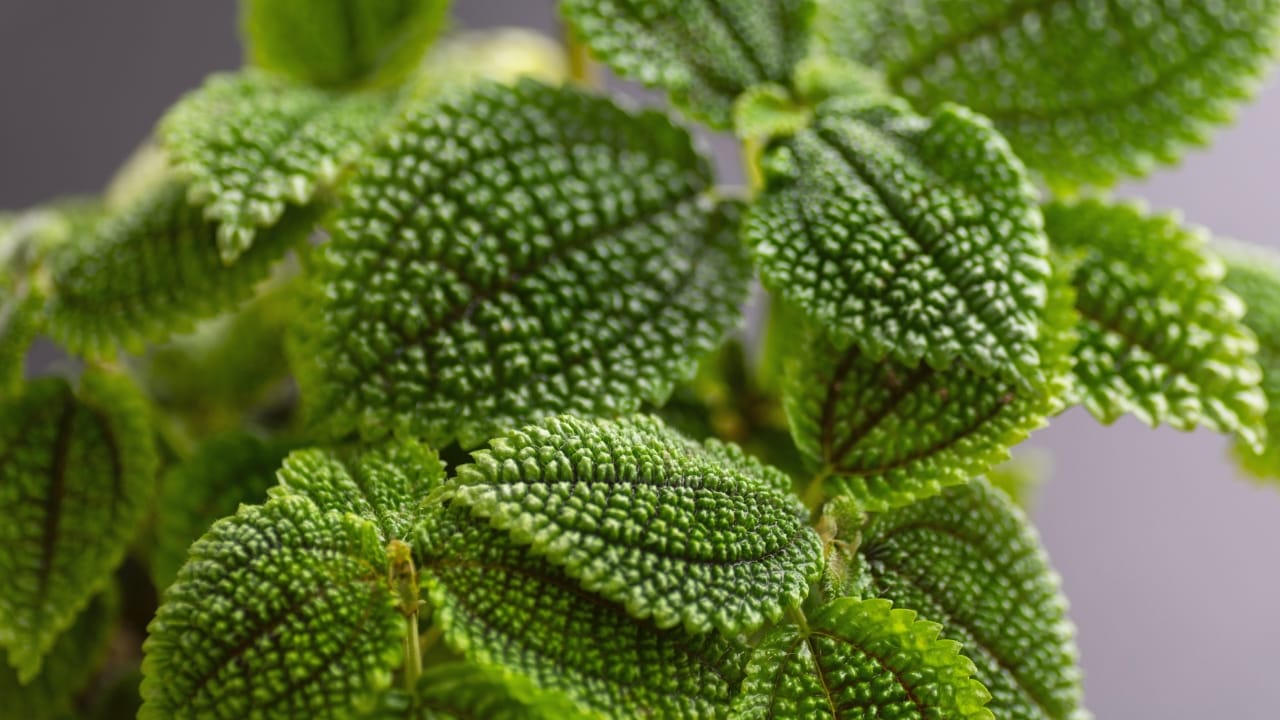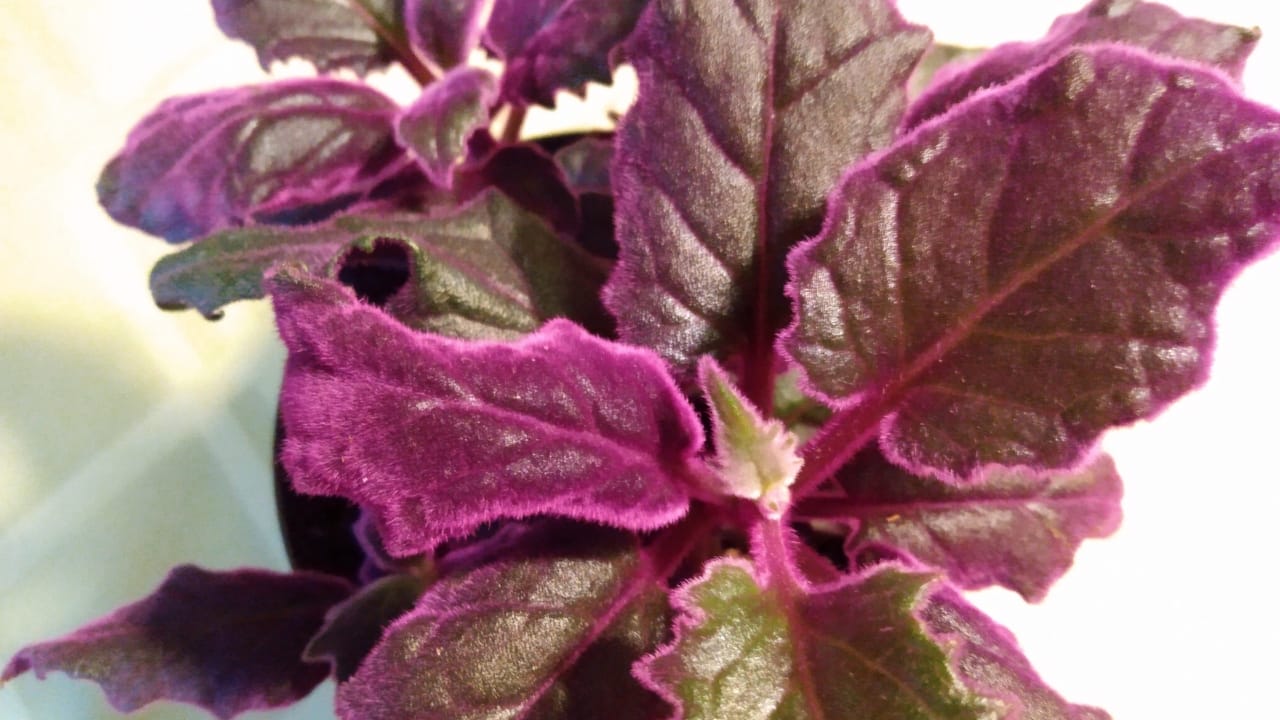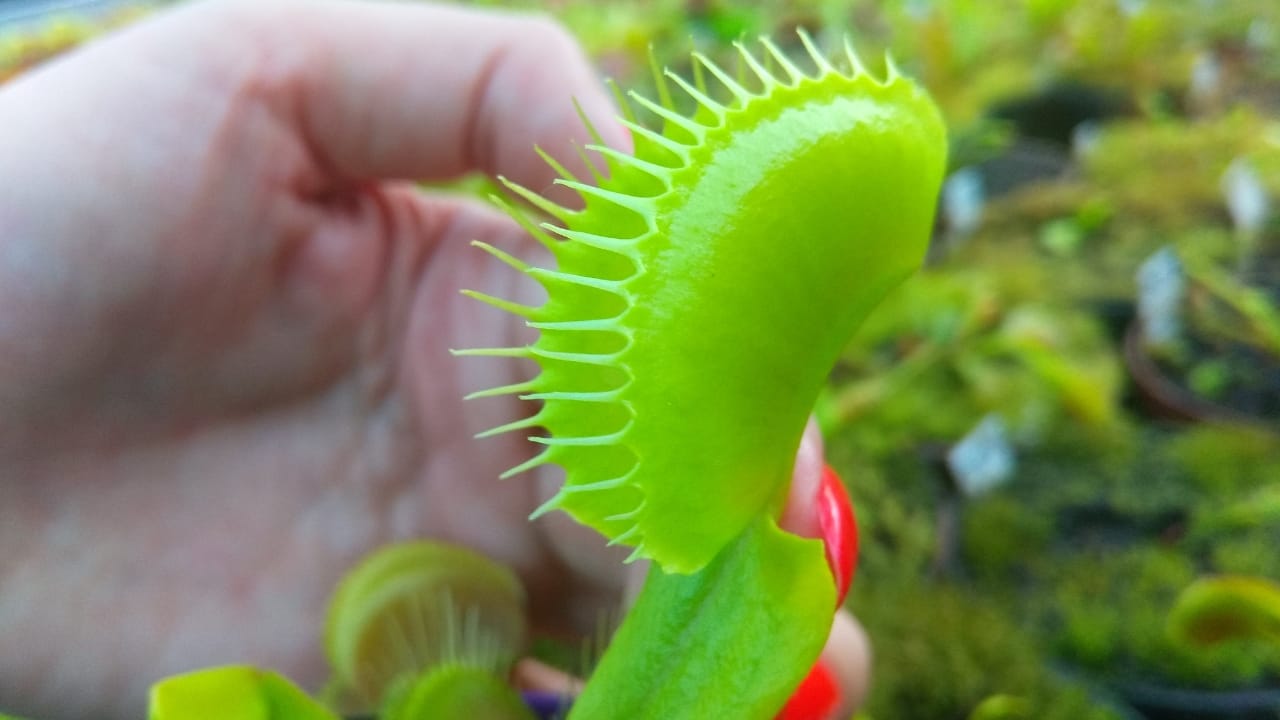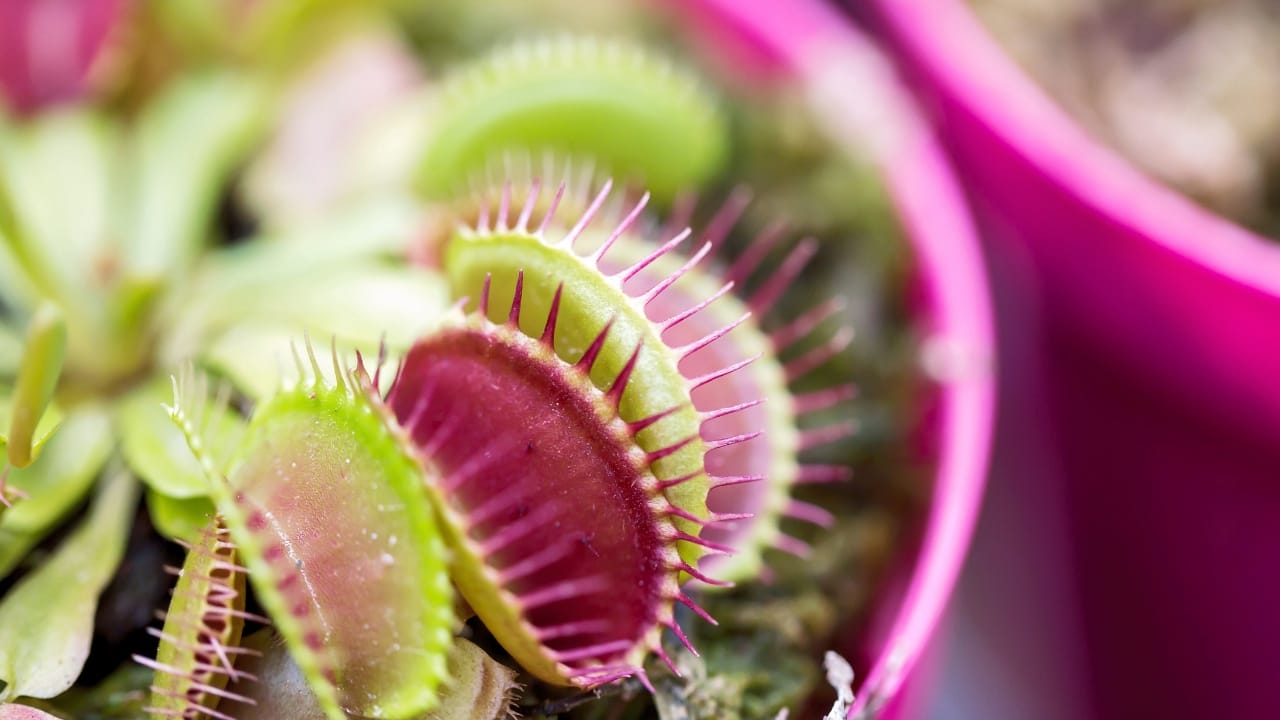Moon Valley Pilea: 101 Plant Care Guide
Moon Valley Pilea is an eye-catching little houseplant, also known as Moon Valley Friendship Plant or Artillery Plant (Pilea mollis ‘Moon Valley’). It’s a member of the Nettle family, but don’t worry, it doesn’t sting like its cousins and is non-toxic and pet-friendly. Pilea mollis ‘Moon Valley’ is often sold as Pilea involucrata ‘Moon Valley,’ … Read more









